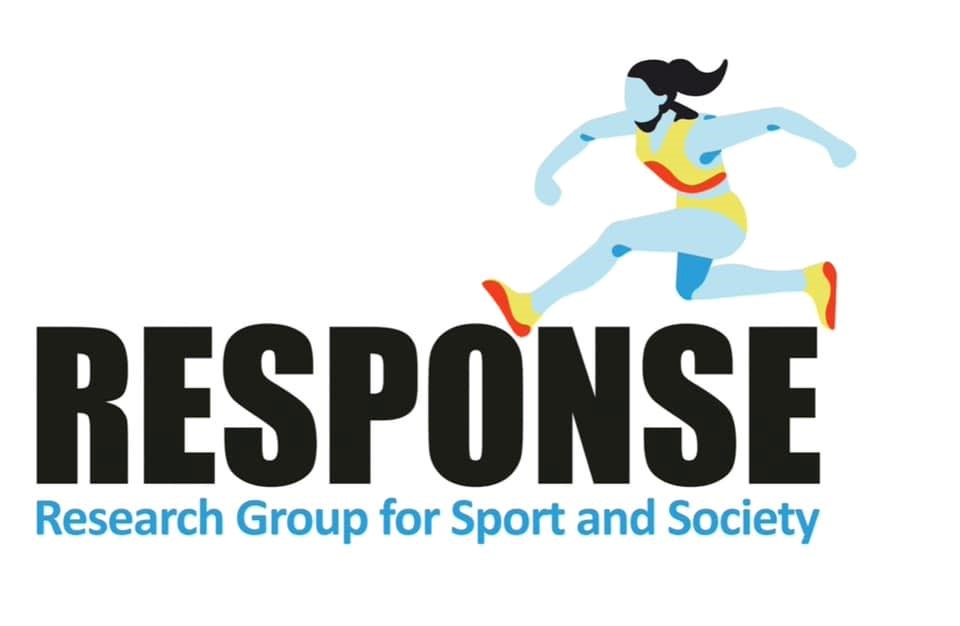Written by: Frida Austmo Wågan
As part of my doctoral journey, I have been fortunate to have the opportunity to embark on a three-month research stay in Canada, primarily affiliated with the ‘Centre for Sport and Sustainability’ at the University of British Columbia (UBC) in Vancouver.
Before my stay at UBC began, I had the chance to explore the eastern side of Canada for two weeks following the ISSA conference in Ottawa. Consequently, I continued my journey to Montreal with two other sports researchers from NTNU right after the conference. There, we had the opportunity to both explore the city and visit some of the researchers working at the university in Montreal. It’s an incredibly beautiful city with a lot of exciting cultural life, grand churches, and a fantastic, vast Olympic stadium built in connection with the 1976 Olympics.
The journey then took me to Toronto to explore more of the Ontario district, including Niagara Falls and St. Catharines. The final days were spent in the sun, sightseeing, and beach life, in addition to visits to Brock University and the University of Toronto and meetings with researchers there. In the Niagara region, there are incredibly beautiful vineyards and wine districts, and a non-academic tip here is to rent a bicycle and cycle the famous ‘Wine Route’ through the wine districts with stops for wine tasting at the vast vineyards along the way. Port Dalhousie in St. Catharines is another hot tip if you’re looking for a quiet, idyllic, and boat-friendly vacation spot, and of course, Niagara Falls itself is worth a visit when you’re in the region.
From Toronto, the journey finally brought me to the main destination of my stay: Vancouver. After three weeks of travel, it was delightful to land here, and after about ten days in the city, I’m really starting to feel at home. People are incredibly welcoming, the research environment is excellent, nature is magical, and there are endless things to do in this very multicultural and fascinating city.

Over the course of four weeks in Canada and visits to four of the major universities here in the field of sports science, a certain impression has started to form about what emerges within the field of sports sociology. Unlike Norway, there is an even greater focus on the role of sports in a public health and development perspective, as well as the importance of sports in creating strong local communities and mitigating social disparities. This focus has apparently been strengthened in recent years as a result of economic downturns, and there are numerous charity-driven initiatives working to improve the health and quality of life of residents in local communities through sports. There is also a significant amount of research on sports other than the typical sports studied in Norway, which can be seen as a natural consequence of other sports like golf, ice hockey, and basketball being more popular here than skiing and football.
Other obvious differences from Norwegian universities are the long histories of some of these universities. This is also reflected in all the magnificent university buildings scattered around the campuses, with some of the buildings resembling old castles. University campuses, like everything else in Canada (cities, roads, distances, shops, portions), are also gigantic, with student populations often larger than the populations of most major Norwegian cities.
As a future sports sociologist, I cannot help but be fascinated by the fantastic sports facilities associated with each of the universities and the position sports hold in the educational system here. Connected to the latter, there are certainly reflections to be made on aspects such as power, gender equality, social disparities, inclusion, and environmental impact, although I won’t delve further into these here.
The saying ‘everything is big in Canada’ certainly doesn’t mean that everything is perfect here. For example, the social disparities in the big cities are enormous, and many people are homeless, with no apparent support systems in place to address this issue as we are accustomed to in Norway and other European countries. There also appear to be significant social disparities among students, and I recently heard that around 40% of all students here on campus can afford lunch, although I suspect this is because everyone here buys lunch at one of the thousands of cafes/restaurants on campus or spends all their money on Matcha lattes from Starbucks (read this with a touch of humor).
From a sustainability perspective, this excessive consumption of everything from fast food and takeout coffee and snacks to merchandise and cheap clothing and goods among young people is not entirely ideal – neither for addressing social disparities nor for nature and the environment. However, it should be noted that UBC (and several other universities) also have numerous cool and inspiring sustainability projects, such as large thrift shop markets, a food bank, and a dedicated ‘bike kitchen’ where they both repair bikes and sell refurbished bikes that have been given a new lease on life.

All in all: Canada itself and the universities here are both vast and multifaceted in many ways!
Ending today’s little travelogue with five things I’ve learned about Canada so far:
- A Norwegian saying that actually translates and is used here is ‘yeah, that’s it in a nutshell.’
- One should not underestimate the distances here, and there are many cases where one is more or less dependent on a car to get from A to B (even though it may not be necessary to drive door-to-door everywhere, as many do).
- There are stores, restaurants, fast-food joints, and cafes EVERYWHERE at all times. Even when you venture well outside the cities, huge retail stores with a variety of shops and food options pop up.
- People can come across as direct, but they are also incredibly welcoming, helpful, and inclusive in every way.
- One should not mess with Tim Hortons – this is a place that many obviously have a close personal connection to.
